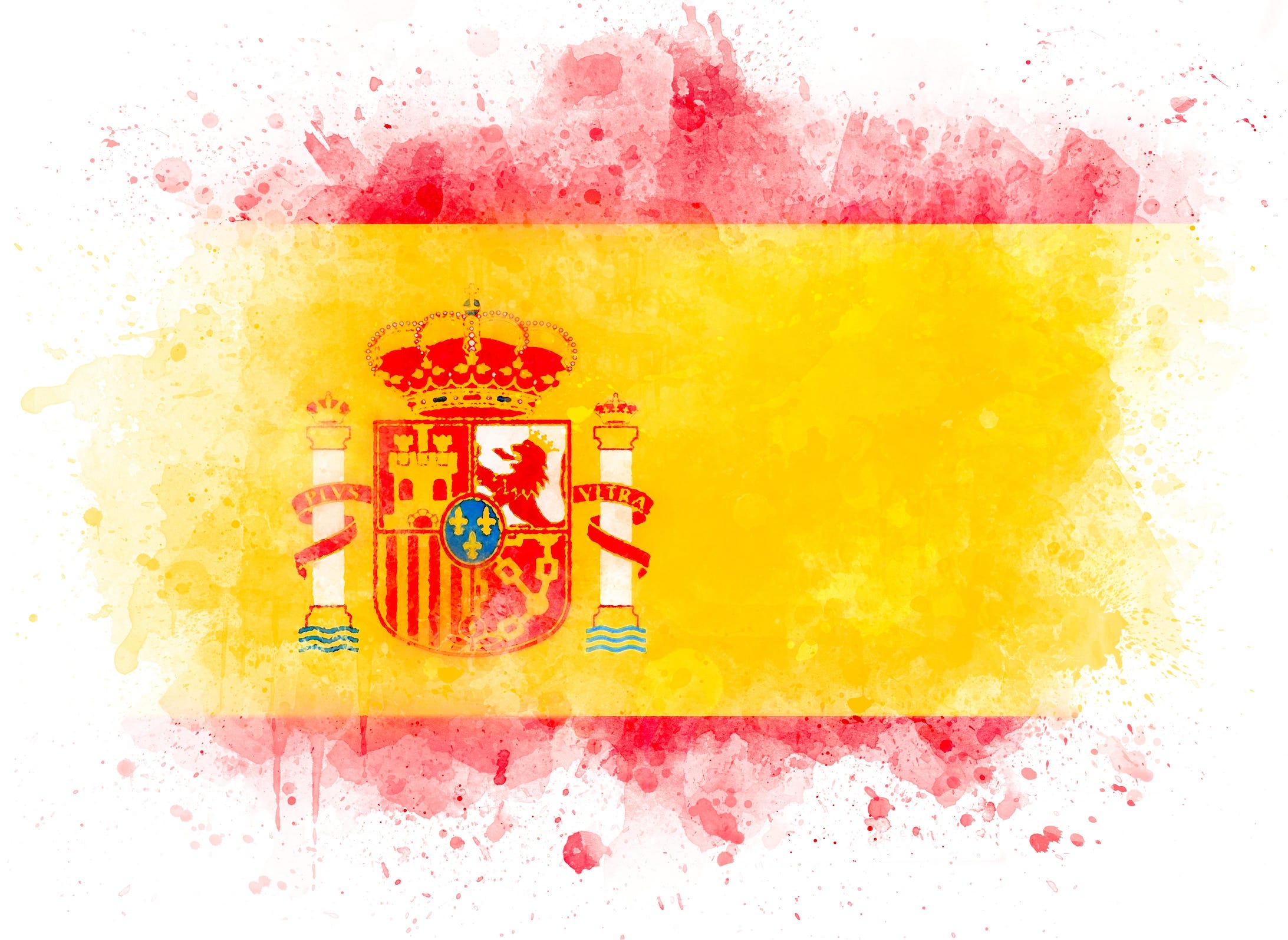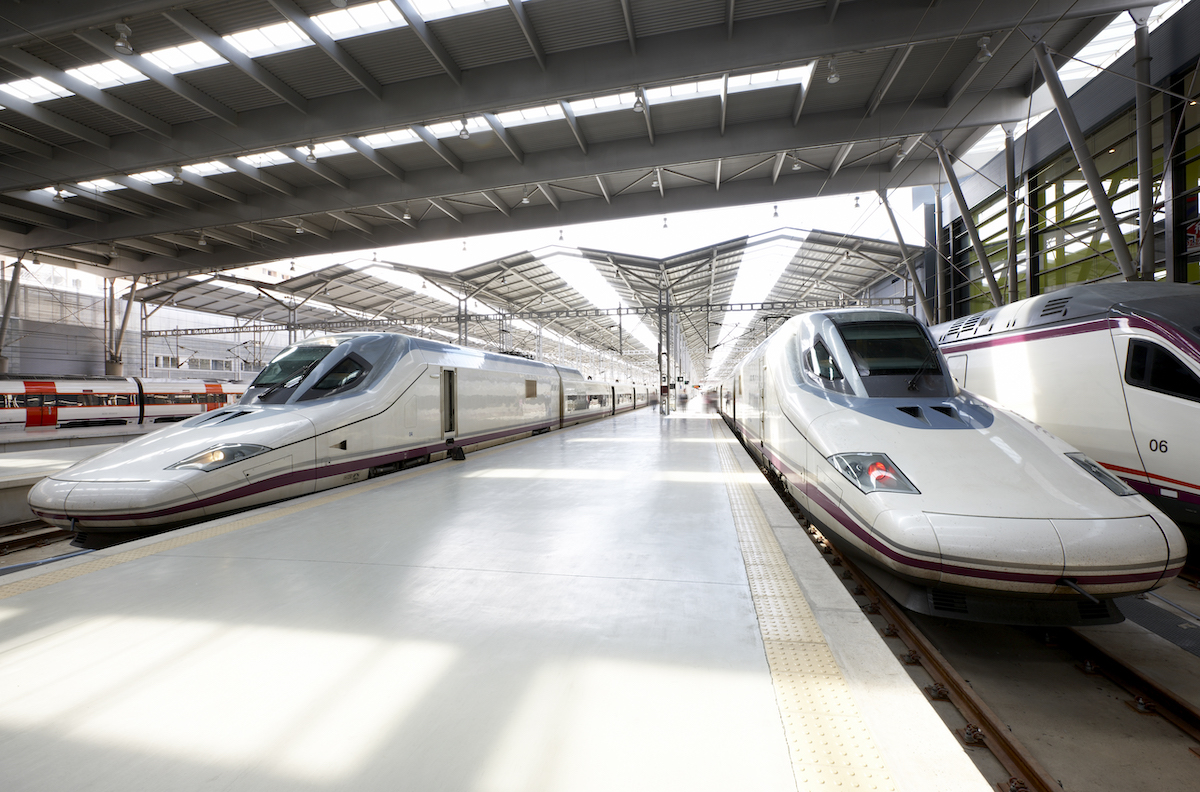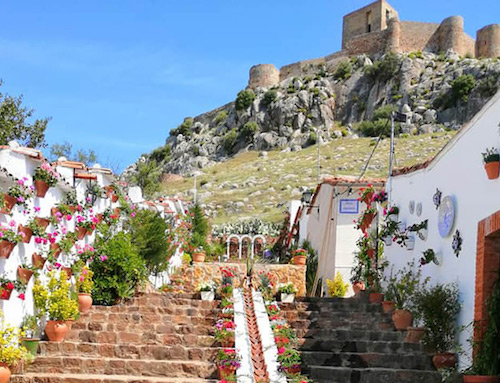Granada is one of the most beautiful cities in Andalusia. It combines a vibrant city full of life with astounding natural scenery of Sierra Nevada. It is one of the favourite places for expats looking for a property in the South of Spain to retire or to work remotely. However, even though the cultural heritage in the city is extremely well preserved, some of its urban natural resources have not been so well taken care of. This is the case of its principal river, the Genil.
Rather than being an oasis for natural life within the city, the Genil has been neglected by the local government since 1995, when the urban watercourse was concreted and contained to modify its course as part of the city's efforts to prepare for the World Ski Championships that took place in Sierra Nevada that year. This resulted in a functional but hardly natural environment, that lacked vegetation and animal life, since the concrete riverbed affected the natural flow of the river, resulting in a slower flow and a less interesting environment.
While the Darro river, Genil's affluent, beautifully flows through its natural course below the Alhambra and is one of the city landmarks, the city has turned its back on the Genil for decades, something that looks about to change thanks to the will of both political and naturalist groups, as well as the help of European Next Generation funds.
There have been several attempts to recover the river's natural biodiversity for the enjoyment of both locals and tourists. However, none of them have been successful to date. Just two years after being modified and covered in concrete, in 1997 NGO Naturalistas en Acción started campaigning for its recovery, and since then, several local policy groups and associations have presented up to four different plans to bring the Genil's urban riverbed back to life.
The most recent initiative, promoted by a coalition of two of the parties in the local government in Granada, suggests investing Europe's Next Generation Funds to finally accomplish the recovery of the river. The plan involves the introduction of local species of flora such as bushes and grasses that can take root in the riverbed and, over time, attract the fauna typical of these environments (lizards, fish, frogs…). To this end, the ecologists are calling for the removal of concrete where possible, or the introduction of stones and other rough materials to restore the river bed and allow vegetation to take root.
This project is of vital importance for the city of Granada, because recovering natural resources not only has ecological benefit, also economic ones. With the improvement in the natural surroundings, the urban environment also benefits from this, attracting more neighbours and visitors to the area and improving the quality of life for the locals who prefer to live in the city and not in a country house, but still enjoy nature. A very good example of this is Madrid, a capital that in the last decade dedicated a lot of effort to the recovery of the Manzanares river and is now seeing the investment pay off, with Madrid Río blooming with life both from local fauna and local citizens. The people of Granada now aspire to do the same with the Genil and pay their decades-long debt with their river.






















